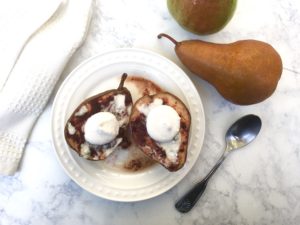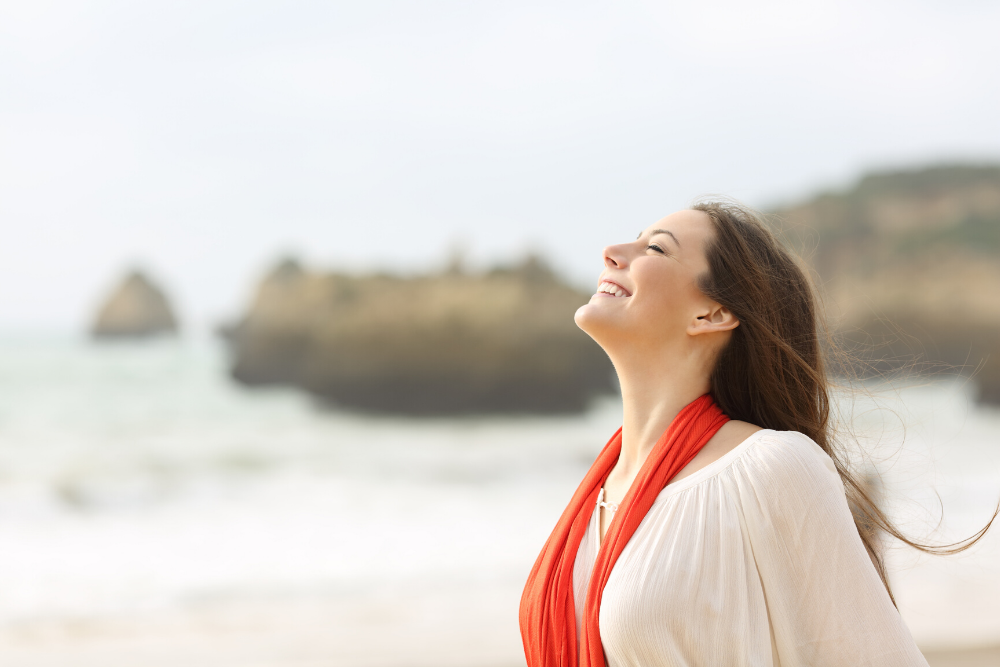The cold, grey days and long, dreary nights of winter are an ideal time to establish a mindfulness practice. Mindfulness helps in dealing with stress and other challenges such as anxiety and depression, and it is a useful self-care tool that can easily be applied by anyone, anywhere. Whether one has been an adherent of mindfulness for many years or is a novice, some practices can be incorporated into daily life, helping bring a sense of calm and peace to both our inner and outer beings.
Here are some practical ways to practice mindfulness in the winter.
Sitting Meditation
Perhaps the most well-known mindfulness technique, sitting meditation, mainly involves quieting your mind and recognizing your emotions. By doing this, we can honor our feelings while at the same time, learn not to be controlled by them. By bringing stillness to our minds, we can stay in the present moment. We allow ourselves to pause and to relax, to restore harmony and balance to our lives.
There are many methods of sitting meditation. The most basic technique calls you to find a quiet place to relax, close your eyes, and focus on your breath. Thoughts will race through a meditator’s mind, and that is perfectly normal and acceptable. When this happens, one needs to return to focusing on breathing in and breathing out. Although it can be challenging to find time to meditate in our hectic lives, even taking five or ten minutes in the morning or evening can prove to be very valuable.
Breathing
Many people find that a mindfulness practice that involves intentional breathing does wonder. The act of breathing in and breathing out at a controlled pace helps to regulate our heart rhythms. It keeps us from hyperventilating, which can be miraculous in extremely stressful situations. Learning proper breathing techniques is an essential form of mindfulness self-care.
One popular breathing procedure is known as “4-7-8 Relaxing” breathing. One inhales for a count of 4, holds one’s breath for a count of 7, and then exhales for a count of 8. Repeating this behavior for a few cycles can bring rapid relief to an overburdened mind and body.
Explore Nature
The shorter, darker days of winter can be tough to endure. Although it seems counter-intuitive to venture outside into the cold, getting out to explore and spend time in nature is one of the most healing gifts that we can give ourselves. Being exposed to even a little sunlight, along with getting exercise, increases our feelings of contentment. Walking through the woods or going to the park are incredible ways to explore nature in the winter.
We can incorporate mindfulness into our nature explorations by pausing to examine what we see while outside. Notice the birds that are still around. Look at the shapes of the icicles hanging from the trees. Feel the wind on your face. Taking a moment to appreciate nature is an incredible form of mindfulness.
Self-care in winter revolves around indoor activities. The extra time that we spend at home provides us with the time and space to implement changes. Practicing mindfulness is a crucial step in staying stress-free and calm during the winter.
RECIPE
BAKED PEARS WITH COCONUT MILK
Serves 2
2 large pears
1 tablespoon coconut oil
1 teaspoon cinnamon
½ cup of coconut milk
¼ cup pumpkin seeds
Preheat your oven to 350 degrees F.
Slice the pears in half and remove the core. Place the pears face up on a baking tray. Drizzle with coconut oil and cinnamon. Bake for about 20 to 25 minutes until soft. Remove from the oven and serve with warm coconut milk and pumpkin seeds.
To Your Health,
Patti






